Experts Find UK Parliament 'Falling Apart'
It has been an enduring symbol of democracy since the 19th century but Britain's parliament is crumbling, producing an eye-watering bill and urgent calls to fix it.
Officials on Friday detailed thousands of issues with the landmark building, from stonework cracks and water damage to outdated electrical and mechanical systems.
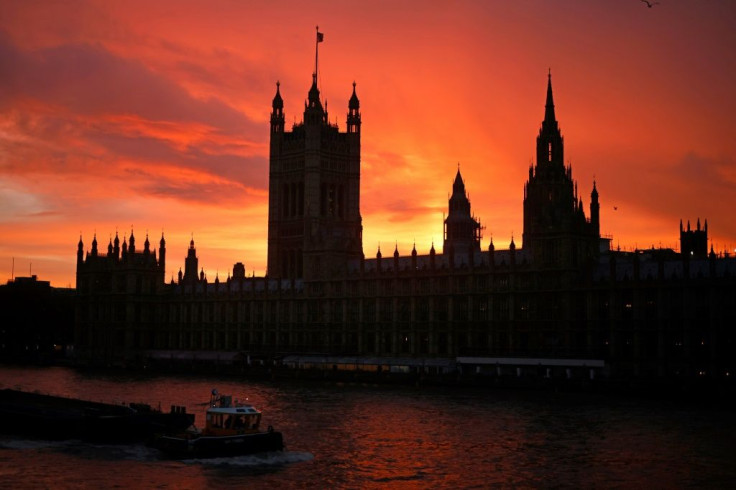
"Despite a programme of maintenance works, it's falling apart faster than it can be fixed and is in urgent need of a programme of essential restoration," said the leader of the House of Lords, Natalie Evans.
The array of defects were recorded by dozens of engineers, architectural surveyors and other specialists who spent a combined 4,700 hours investigating the more than 150-year-old Palace of Westminster.
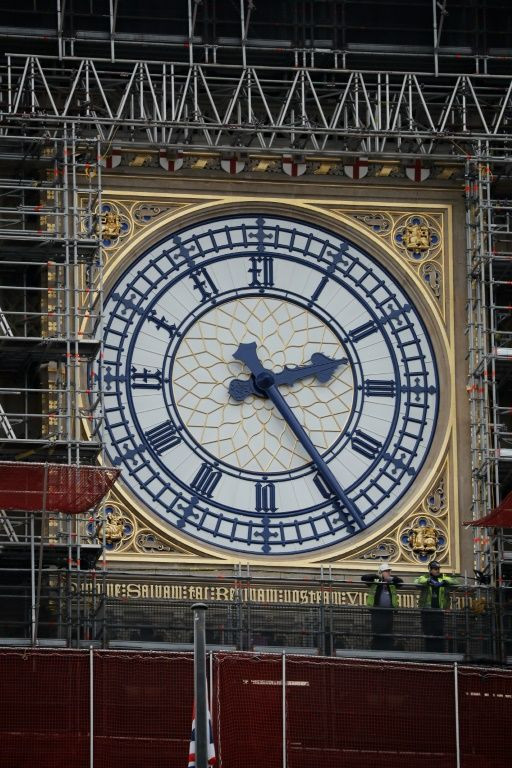
Built in the middle of the 19th century, it is home to Britain's Houses of Parliament -- the lower House of Commons for elected MPs and the unelected upper House of Lords.
At the north end of the royal palace, rising up above the River Thames, is Big Ben, the nickname for the Great Bell of the striking clock atop the Elizabeth Tower.
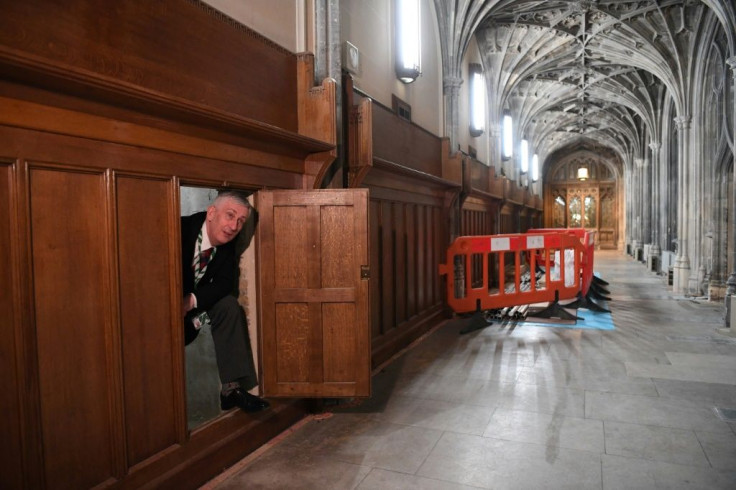
Big Ben, with its distinctive chime and "bongs", has undergone its own costly renovation in recent years.
The latest probe is seen as a key step in planned restoration and renewal works to the UNESCO World Heritage Site which have been repeatedly delayed, and are not set to be put to lawmakers for approval until 2023.
The estimated cost of a full-scale overhaul -- priced at ?4.3 billion (5.1 billion euros, $5.9 billion) several years ago -- has left lawmakers reluctant to sign off on the works.
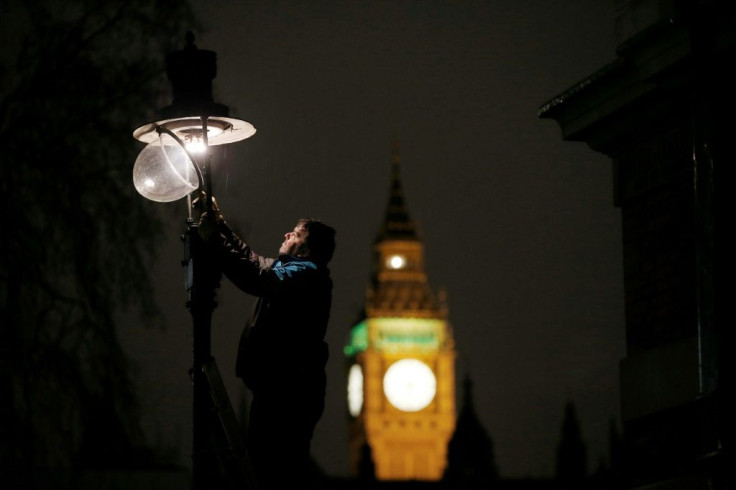
"The Houses of Parliament building is recognised the world over as a symbol of our nation but this building requires a considerable level of care to keep it working and needs an essential programme of restoration work," said the leader of the House of Commons, Jacob Rees-Mogg.
"We must be able to justify this project to taxpayers," added the MP, who is charge of government business in the chamber.
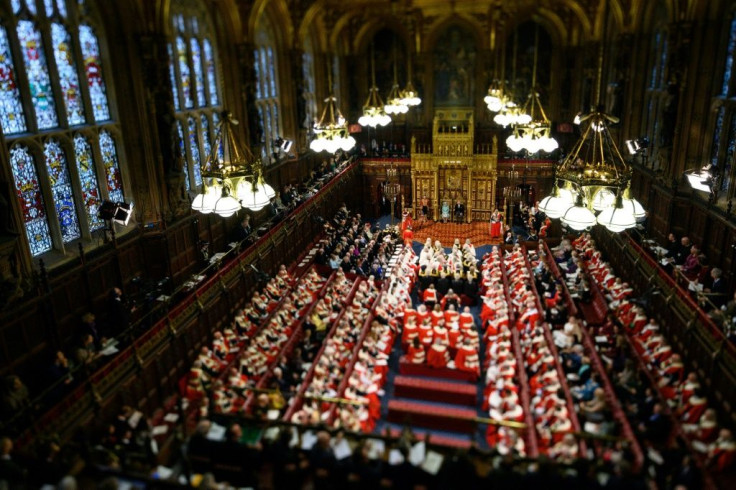
"That's why it's so important to understand and map out the restoration work needed to protect the building -- so that the focus is on those essential works necessary to preserve the Palace for future generations."
The inspectors combed 2,343 rooms and spaces during the parliamentary recess this summer and while MPs were at their annual party conferences in September and October.
They unearthed problems with many of the building's historic features, including original Victorian-era stained-glass windows which were warping and sagging due to age.
They also encountered "miles of outdated and interweaving gas, electrics, water, sewage, and heating pipes" in an enormous basement.
"Work was also done to understand the provenance of quirky candle and gas light fittings, some of which were discovered to have been turned upside down when converted to electric power over 100 years ago," the parliamentary body responsible for restoration and renewal said.
"Further investigation is ongoing but it is thought the palace may contain the oldest still-in-use gas lighting system in the world."
In addition, the team also studied and recorded several remarkable candle chandeliers that survived the great fire of 1834 which destroyed the original medieval palace built on the site.
Further detailed surveys, including "intrusive" probes into its structure, will be carried out in the coming months "to continue building the most detailed record of the palace ever created".
More than 40,000 problems with the four-floor building, constructed from limestone and boasting a floorplan the size of 16 football pitches, have been reported since 2017.
Officials have previously noted it is at high risk of sudden failure from major fire, flood or stone fall, with the annual cost of maintenance and ongoing projects recently doubling from ?62 million in 2016 to ?127 million in 2019.
© Copyright AFP 2024. All rights reserved.





















